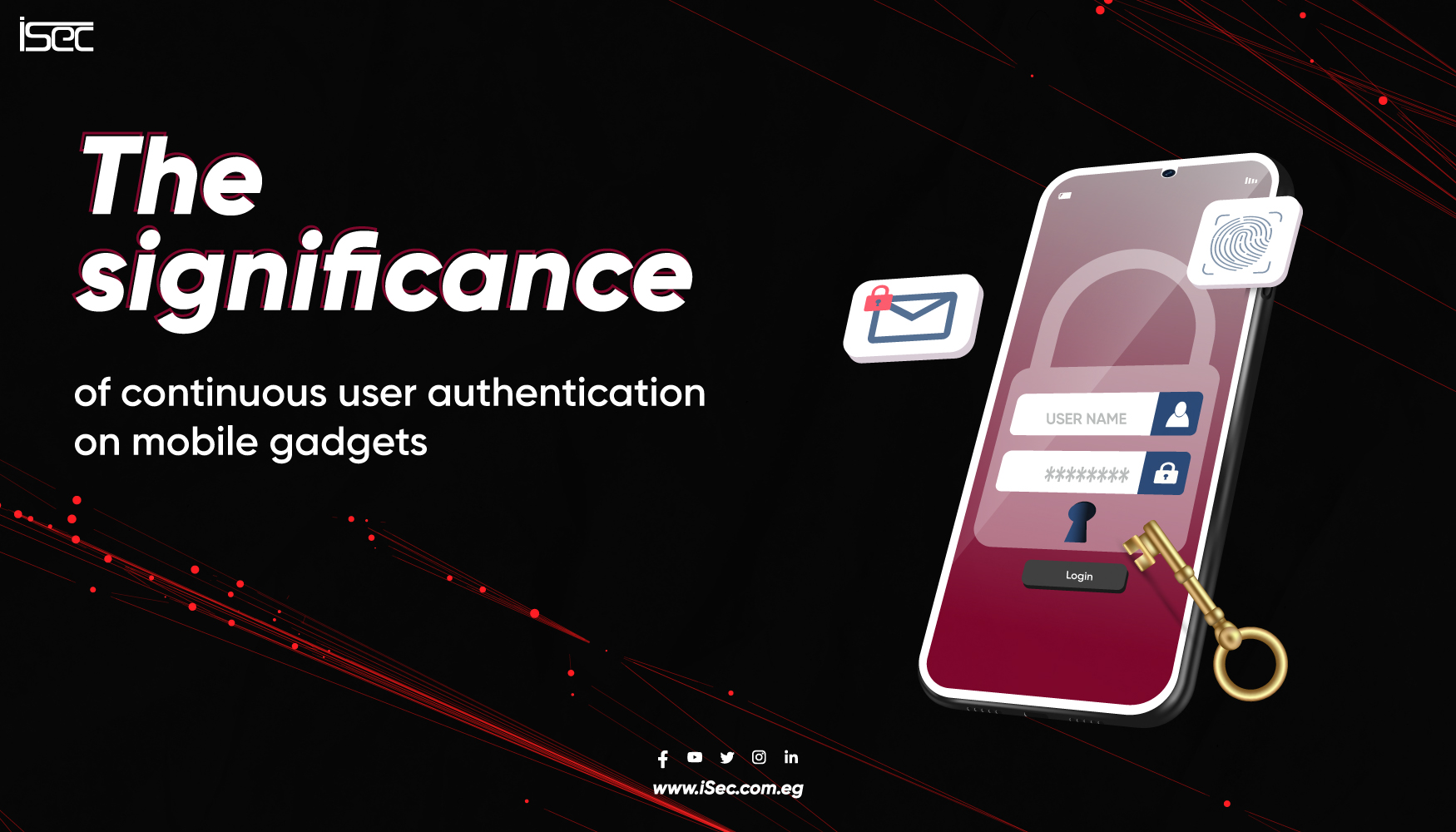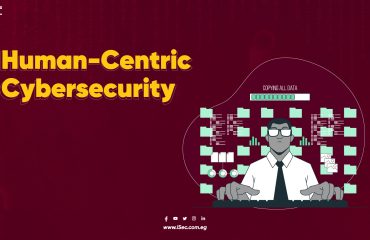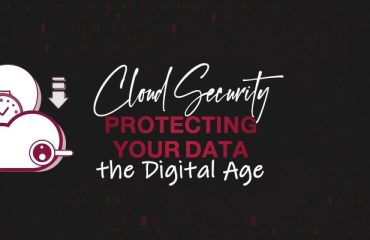
In today’s digital age, mobile gadgets have become an integral part of our lives, providing convenience, connectivity, and access to a wealth of information. However, with the increasing reliance on mobile devices comes the need for stronger security measures to protect personal data and sensitive information. Continuous user authentication is emerging as a crucial component in mobile security, offering enhanced protection against unauthorized access and mitigating the risks associated with device theft, data breaches, and identity theft. This blog explores the significance of continuous user authentication on mobile gadgets and its impact on overall mobile security.
- Strengthening Authentication:
Traditional methods of authentication, such as passwords or PINs, are susceptible to various vulnerabilities, including weak passwords, reuse of credentials, and phishing attacks. Continuous user authentication provides an additional layer of security by continuously verifying the identity of the user throughout their mobile session. This can include biometric authentication methods like fingerprint scanning, facial recognition, or voice recognition, which are more secure and convenient than traditional passwords. - Mitigating the Risk of Stolen or Lost Devices:
Mobile devices are highly portable and prone to loss or theft. When a device falls into the wrong hands, sensitive information stored on it becomes vulnerable. Continuous user authentication helps mitigate this risk by ensuring that only authorized users can access the device and its data. Even if a device is lost or stolen, the continuous authentication process can detect unauthorized attempts to access the device and lock it down, preventing potential misuse of personal information. - Protecting Against Remote Attacks:
Mobile devices are susceptible to remote attacks, where hackers attempt to gain unauthorized access to the device and its data remotely. Continuous user authentication adds an extra layer of defense against such attacks. By continuously authenticating the user’s identity, the system can detect and respond to anomalous behavior or suspicious activity, such as unusual login patterns or access from unfamiliar locations, providing real-time alerts or blocking access to protect sensitive data. - Safeguarding Personal and Financial Data:
Mobile devices often contain a wealth of personal and financial information, ranging from emails and social media accounts to banking credentials and payment details. Continuous user authentication helps ensure that only authorized individuals can access this sensitive information. By utilizing biometric authentication methods, such as fingerprint or facial recognition, mobile gadgets can provide a higher level of security, reducing the risk of unauthorized access and identity theft. - Balancing Security and User Experience:
While strong security measures are crucial, they should not impede the user experience. Continuous user authentication strikes a balance between security and convenience. Biometric authentication methods offer a seamless and user-friendly experience, eliminating the need to remember complex passwords and reducing the risk of password-related vulnerabilities. Users can quickly and securely access their mobile devices and applications, enhancing both security and usability.
Conclusion:
As mobile devices continue to play a central role in our daily lives, the need for robust security measures becomes increasingly apparent. Continuous user authentication offers an effective solution to strengthen mobile security, providing enhanced protection against unauthorized access, mitigating the risks associated with lost or stolen devices, and safeguarding personal and financial data. By implementing continuous user authentication, mobile gadget users can enjoy a more secure and seamless experience, ensuring that their sensitive information remains protected in an increasingly interconnected world.



